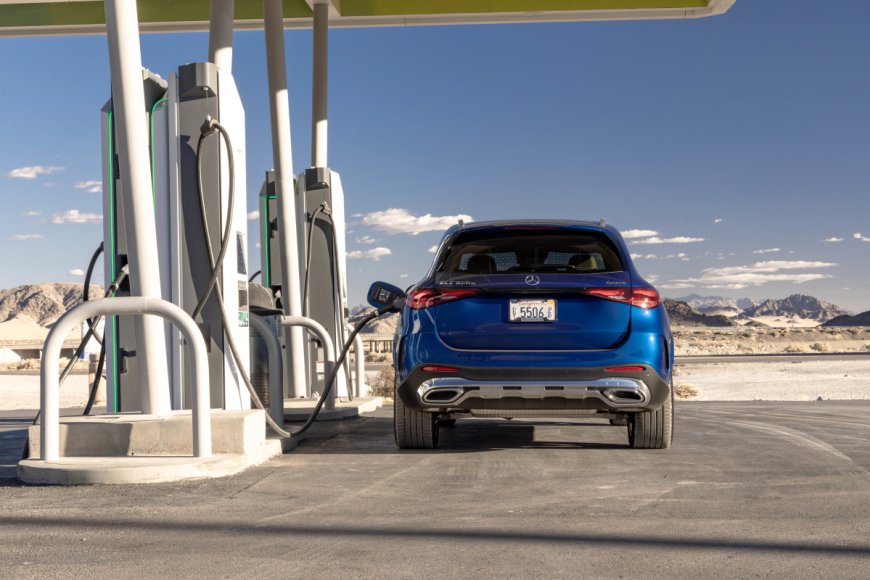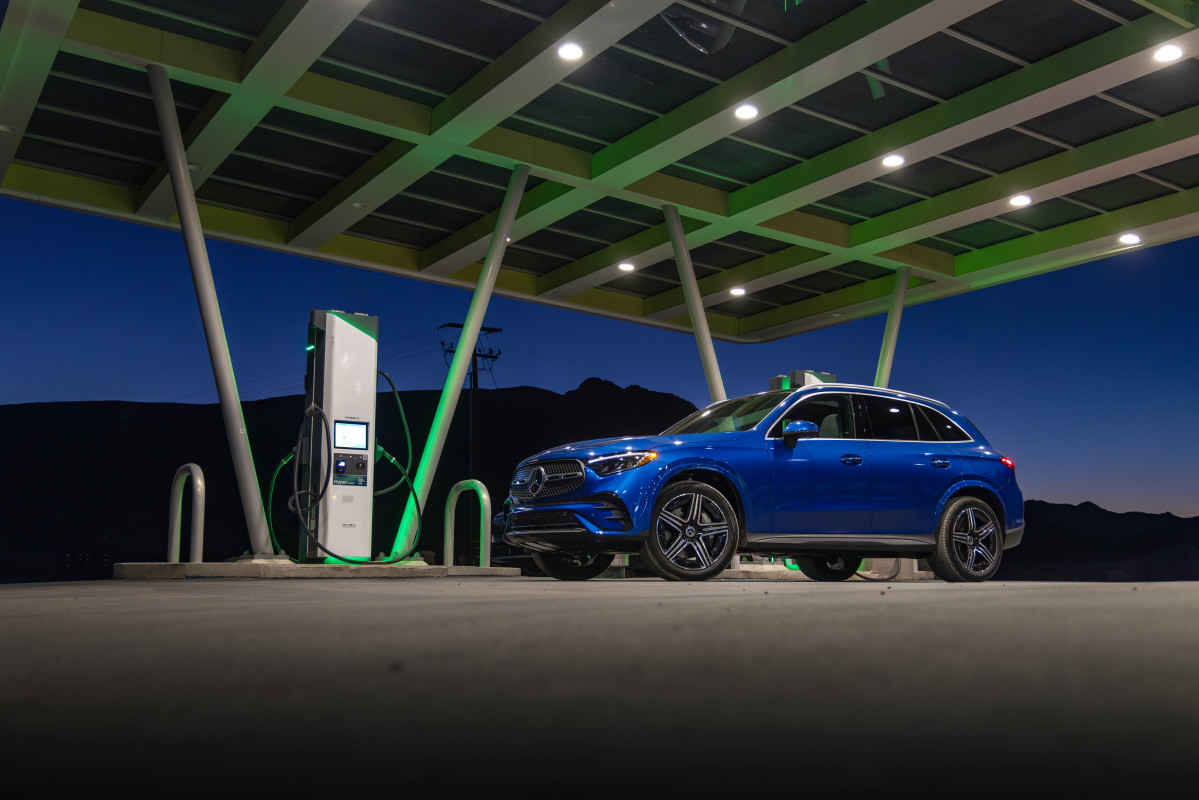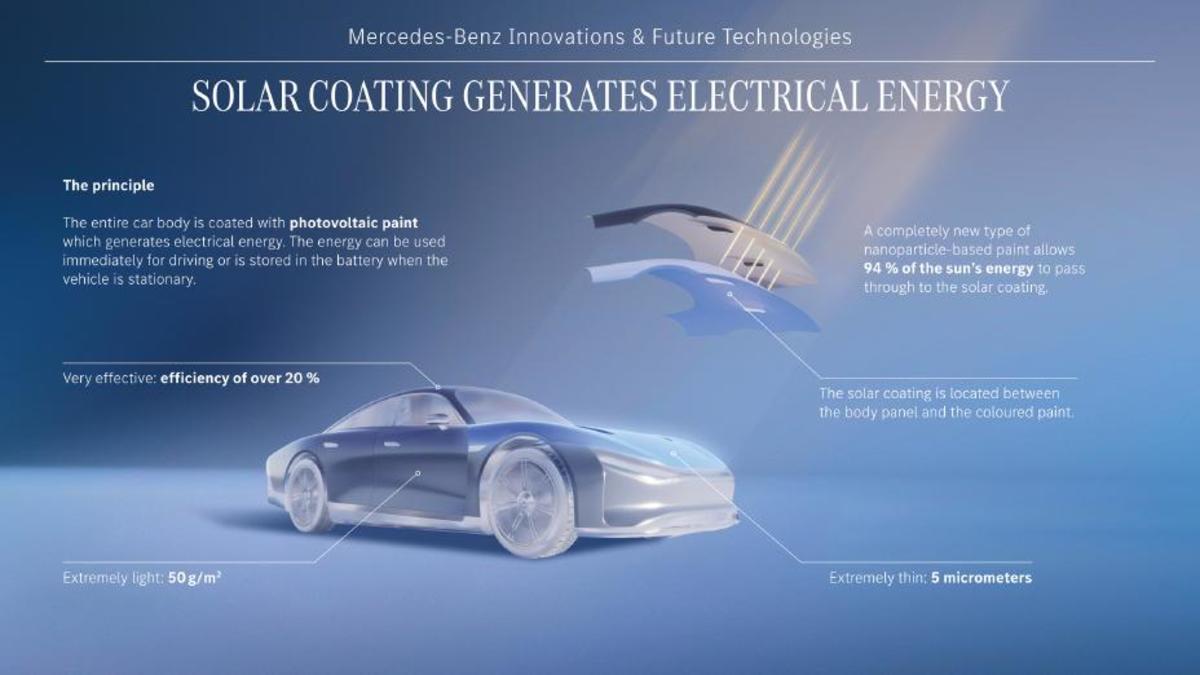Mercedes-Benz solar paint could revolutionize EV charging
Charging infrastructure and range anxiety have slowed EV adoption rates around the world, but one German automaker's new solar paint could offer a solution.

Electric vehicle charging and infrastructure are two major obstacles to EV adoption on a mass scale, but Mercedes-Benz may have a solution in the form of solar paint. In an effort to increase efficiency, the German automaker has created a new solar coating that could cover future electric models. Mercedes-Benz’s solar coating could revolutionize EV charging, making it more convenient to own an EV or PHEV.
Related: A new Toyota Celica is coming
Mercedes-Benz’s solar paint is just 5 micrometers thick
Other companies have explored charging EVs via solar power but, for the most part, their solution was in the form of solar modules. Solar modules on vehicles presented a myriad of problems, though, namely in their lack of flexibility and fragility in the event of an accident.
Mercedes-Benz’s solar coating can cover the entire body of the car as opposed to just the roof or sides. The coating weighs in at just 50 grams per square meter and measures just five micrometers thick. It can also be applied to any surface, including panel creases and curved fenders.
According to Mercedes engineers, the solar paint currently operates at 20% efficiency, the same efficiency as the solar cells that are currently used on vehicles. In addition to being more flexible than solar panels, solar paint is always active and can charge an EV battery at all times, provided there’s sunlight. Currently, it could generate enough energy to add 34 miles to an EV per day in sunny areas.
Mercedes is still developing this new technology, so they have left some details to speculation, such as how it would be applied to vehicles. Notably, however, the German automaker said the solar coating won’t be painted over a vehicle’s finish.
Related: 2024 Mercedes-Benz E450 wagon review: A family favorite with AMG power vibes
Solar paint could produce up to 7,456 miles per year
Mercedes’ new solar paint technology could generate enough power to add thousands of miles per year in driving range, even while operating at 20% efficiency. Since the coating can cover the entire vehicle, a coating with an area of 118.4 square feet, which is about the size of a midsize SUV, could produce more than 7,450 miles of driving range per year.
According to Mercedes, drivers in Stuttgart, Germany drive around 32 miles a day. Vehicles equipped with the German automaker’s solar paint are covering around 60% of that distance with solar energy. In sunnier areas, like Los Angeles, the abundance of solar energy would allow for even higher rates of energy production.
Solar paint comes with more benefits than just increased durability and flexibility, making it an ideal solution for extending an EV's range. It’s non-toxic, easy to recycle, and cheaper to create than standard solar modules. It also doesn’t contain any rare earth metals and only uses raw materials that are easily accessible.
Final thoughts
A lack of charging infrastructure is crippling the adoption of EVs nationwide, but it’s especially apparent in the United States. Alternative methods of energy harnessing could help alleviate range anxiety, increase an EV’s driving distance, and reduce charging costs across the board. Not only that but considering the cost of producing Mercedes’ solar coating and the lack of rare earth metals, it could be the leading solution to charging concerns.
Other companies, like Sono Motors and Aptera, have either tried or will be trying solar module integration on their vehicles. Meanwhile, Mercedes’s solar coating is already producing results in real-world application tests. While the German automaker says the solar paint isn’t ready for production on a mass scale, research, and development are progressing at a steady rate. If all goes well, we’ll hopefully see solar coating as an accessory EV charging solution within the next decade.
Related: Mercedes plans radical brake redesign to improve EVs











































